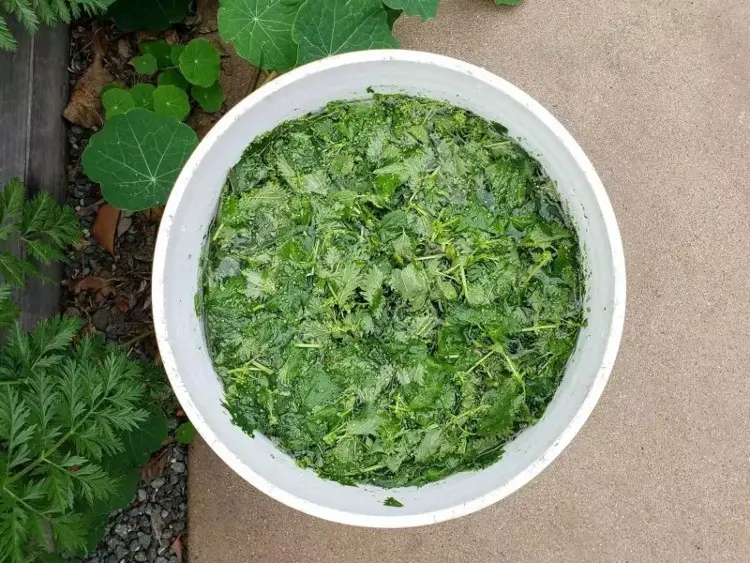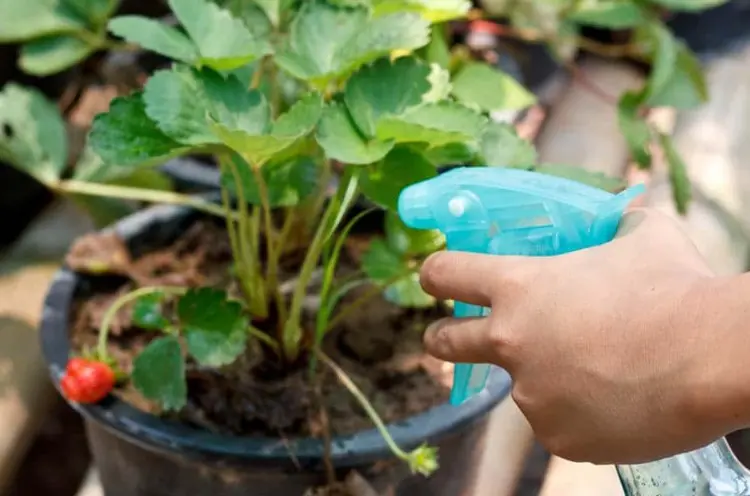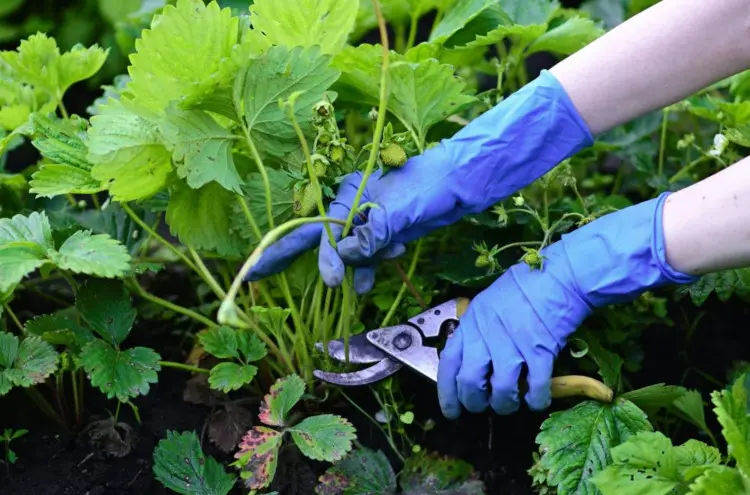The fruits of the strawberries are irresistibly delicious for young and old. Of course, the joy is twice as great when they come from your own garden. However, to make sure that the perennial plants continue to deliver high yields next year, the care of the strawberries after harvesting is very important.
Care for Strawberries After Harvesting: Fertilizing Done Right
August, just after the end of the harvest season, is the right time to take care for strawberries. Fertilizing is also part of the care. Since the plants start budding as early as September, you should provide them with all the necessary nutrients in August.
Which fertilizer can you use for strawberries: horn shavings, diluted nettle manure and liquid fertilizer for vegetables are ideal
You can use organic fertilizer from the garden center or simply mix cattle manure or horn shavings with homemade compost and incorporate it into the bed. If you keep them in buckets, you can use an organic liquid fertilizer for vegetables. You can also make nettle manure yourself and then dilute it with water. Fertilize early in the morning, pouring the manure directly into the root area.
These fertilizers are not suitable for strawberries: blue fertilizer, chicken manure and guano
What not to use: Blue fertilizer, chicken manure, and guano contain minerals that, in high amounts, can damage plants. Coffee grounds do not contain all the necessary nutrients and therefore cannot boost flowering. If the plants don’t get enough nutrients by September, they will form fewer flower buds and bear less fruit next year.
Mulch Strawberries after Harvest
A thin layer of mulch can keep the moisture in the soil, especially during long periods of heat. Straw is particularly suitable.
Water Strawberries Properly After Harvest
The strawberries should also be watered extensively after harvest. Check regularly whether the soil is moist – it must never dry out. Water the plants with rainwater or leave the water in a container (bucket, watering can without a lid) overnight. Always water the strawberries with lukewarm water and always carefully from below. Make sure the leaves stay dry. Wet leaves can easily burn under the strong rays of the sun and are more susceptible to fungi and pests. Water the plants early in the morning. In autumn, after the buds have formed, you can then water the plants if necessary.
Mow Down Strawberries Instead Of Just Cutting Off The Leaves
As a rule, the leaves of the strawberries are cut off after the end of the harvest season. In recent years, mowing has established itself as an alternative. Especially when the strawberries are overgrown or when offshoots are growing around the plants, mowing proves to be really helpful. Simply set a lawnmower as high as possible and drive over the plants. This allows them to form new, healthy leaves, less susceptible to fungi and diseases.
Strawberries planted this year should not be mown. However, you can cut off individual leaves and thin them out. If the growth is too dense, the plants cannot dry out and diseases such as powdery mildew then spread quickly.
By the way, you can easily compost healthy leaves.
When to Plant New Strawberries?
Strawberry plants are placed in the ground at the beginning of August. Young plants can bear fruit in the same year, but with proper care you can only expect high yields in the next two to three years. From the fourth year, the flowering and fruiting decreases. However, the strawberries are sensitive to reproduction and have to change location every three to four years. So the new plants need a different place in the garden, they cannot be grown in the same bed.
Planting Strawberries: Step-By-Step Instructions
First you should weed the bed and check the garden soil for pests. Then you can supply the garden soil with slow-release fertilizer or add compost into the soil. A pH value of 6 has proven to be optimal for the strawberries. If the values in your garden are in the alkaline range (between 7 and 14), you can add coniferous compost and thus lower the pH value. It is best to measure the pH of the garden soil before planting. Then you can place the young plants in the ground, leaving a distance of 70 cm between the rows of strawberries and 30 cm between each plant in a row. As far as depth in concerned, the figure demonstrates proper planting depth – A – correct, B – too shallow, C – too deep.
Care for Strawberries After Harvesting: Summary
Immediately after the harvest, the strawberries need a lot of care in order to bear plenty of fruit next year. Using organic fertilizer, compost or horn shavings is ideal. Water them regularly and mulch them with a thin layer of straw during long hot periods. Then, in August, mow down the old leaves, even if they look fresh and healthy. You can put new plants in the ground immediately after harvest.






